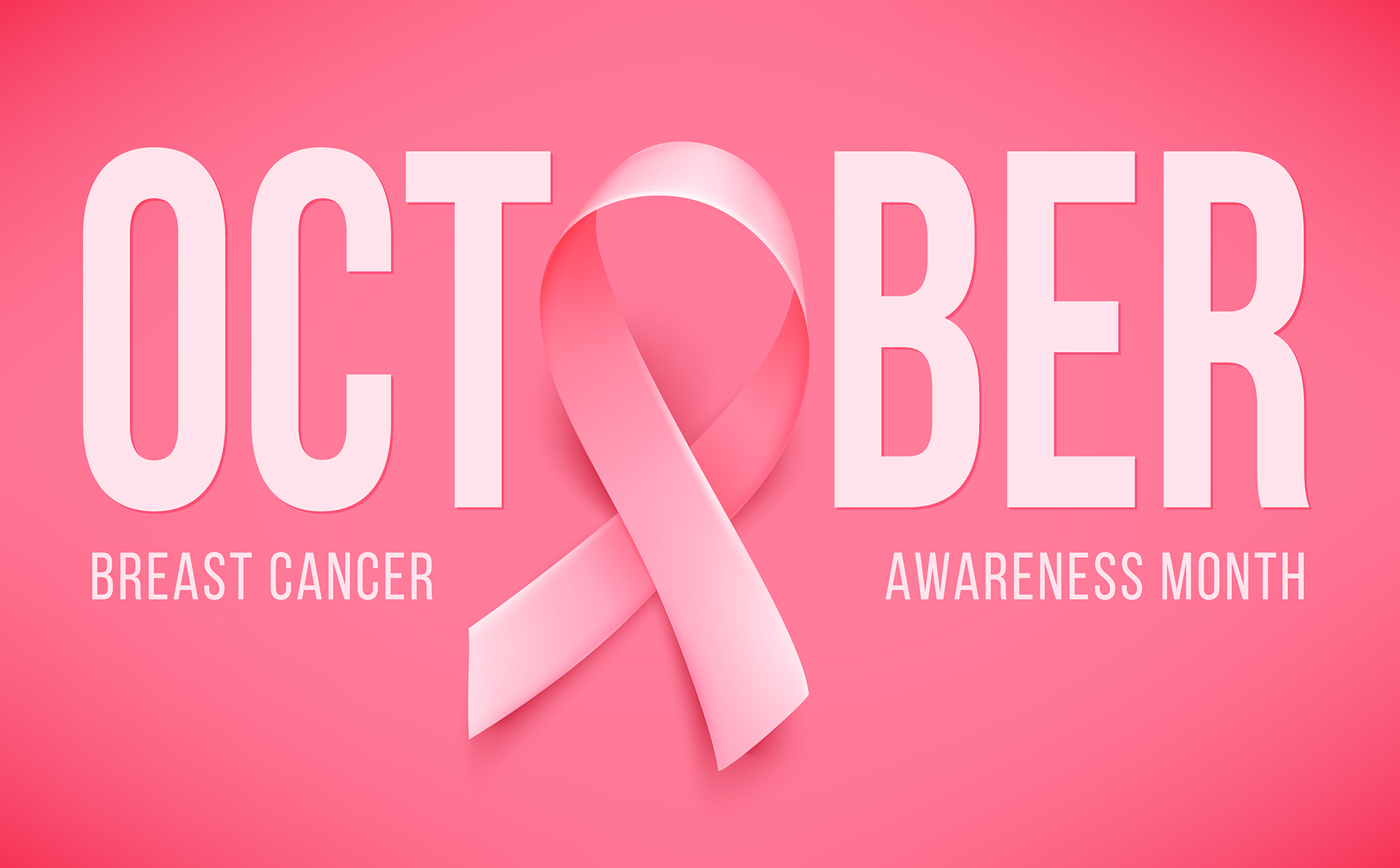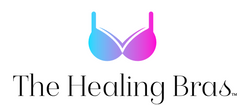
October is Breast Cancer Awareness Month - a time to pause, reflect, and act. This isn’t just a pink-ribbon campaign. It’s a vital reminder that early detection saves lives, and women deserve to invest in their own health now—not “sometime later.”
📊 The Reality in Numbers
-
In 2022, there were 279,731 new breast cancer cases among U.S. females, and in 2023, 42,213 women died of breast cancer. CDC
-
Roughly 1 in 8 U.S. women (≈ 13.1%) will be diagnosed with invasive breast cancer over their lifetime. American Cancer Society
-
When breast cancer is found early and still localized, the 5-year relative survival rate is ~99%. National Breast Cancer Foundation
-
As of 2023, 79.8% of women aged 50–74 reported having a mammogram in the past two years. progressreport.cancer.gov+1
-
But among women aged 40–49, mammogram rates are much lower: only 59.1% reported a mammogram in the prior two years (2022 data). CDC
These numbers tell a clear story: many women still skip or delay screenings, leaving precious opportunities for early intervention unclaimed.
🩺 The Power & Limits of Mammograms
A mammogram is a low-dose X-ray intended to catch abnormalities before they can be felt. It’s widely considered the frontline tool for breast cancer screening. In fact, as screening increased in past decades, survival rates for early-stage breast cancer signficantly rose for women 40+. PMC
Still, mammograms aren’t perfect:
-
An estimated 15–35% of cancers may be missed on mammograms (especially in dense breast tissue). PMC
-
About 16% of women (on their first mammogram) will be called back for additional imaging, though only a small fraction of callbacks reveal cancer. University of Rochester Medical Center
-
For women with dense breasts, mammograms may be less sensitive, so supplemental screening (ultrasound, MRI) is sometimes considered depending on risk. USPSTF+1
Still, despite limitations, mammograms remain one of the best tools we have. Early detection means more options, less aggressive treatment, and better outcomes.
🕒 Why Waiting Isn’t Worth It
-
Many guidelines now advise starting biennial screening at age 40 (through age 74) for average-risk women. USPSTF
-
Having your first screening matters: some studies suggest women who skip the first recommended mammogram have up to a 40% higher risk of death from breast cancer over time. The Guardian
-
Even among early-stage diagnoses, 20–30% of women progress to metastatic disease, often because of delays or underdiagnosis. PMC
Put plainly: each “postpone until next year” is a gamble you don’t want to make.
💖 Prioritize Yourself: Your Health Is Not an Afterthought
It’s common to put others first—kids, parents, work, community. But you can’t pour from an empty cup. Here’s how women can shift from neglect to empowerment:
-
Book that mammogram. Don’t wait for symptoms. Early detection gives you a fighting chance.
-
Know your family history. If there’s a pattern of breast, ovarian, or related cancers, speak to your provider about earlier or supplemental screening (MRI, genetic testing).
-
Request density information. If mammogram results indicate dense breasts, ask whether extra screening may help.
-
Advocate for your care. Ask questions, find a provider who listens, and push for referrals if needed.
-
Support others. Share reminders, accompany friends, and spread awareness so women don’t feel alone.
🔗 Resources & Further Reading
-
U.S. Preventive Services Task Force – Breast Cancer Screening Guidelines: uspstf.org USPSTF
-
American Cancer Society — Breast Cancer Facts & Figures 2024–2025 (PDF) American Cancer Society
-
National Breast Cancer Foundation — Early Detection Overview National Breast Cancer Foundation
-
CDC Vital Signs: Mammography Use & Disparities CDC+1
This October, and far beyond, let your health be a priority, not an afterthought. You are worthy of prevention, care, and a fighting chance.
Book your mammogram. Encourage another woman to do the same. The ripple effects might just save lives.



